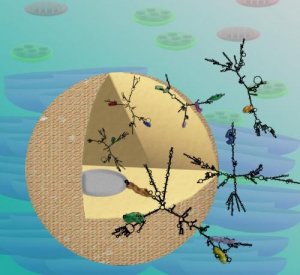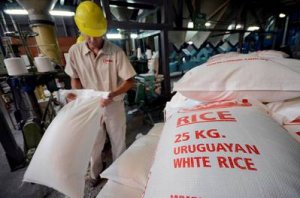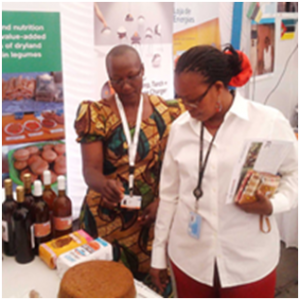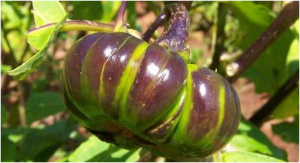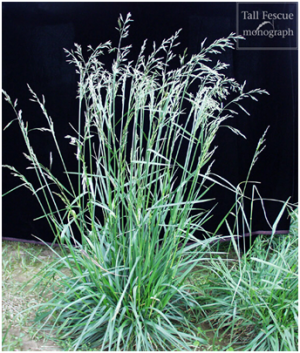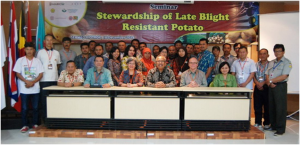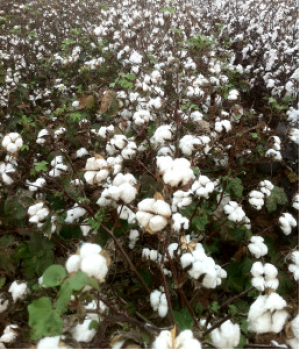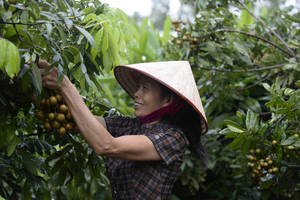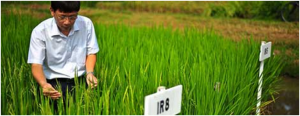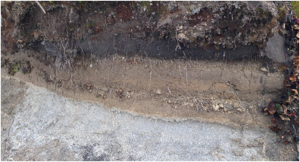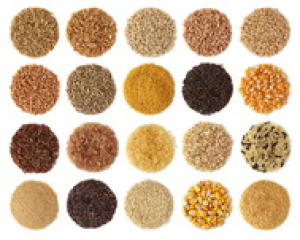|
Genome-wide analysis and expression profiling of glyoxalase gene families in soybean (Glycine max) indicate their development and abiotic stress specific response.
Tuesday, 2016/04/26 | 06:31:01
|
|
BMC Plant Biol. 2016 Apr 16;16(1):87. doi: 10.1186/s12870-016-0773-9. AbstractBACKGROUND:Glyoxalase pathway consists of two enzymes, glyoxalase I (GLYI) and glyoxalase II (GLYII) which detoxifies a highly cytotoxic metabolite methylglyoxal (MG) to its non-toxic form. MG may form advanced glycation end products with various cellular macro-molecules such as proteins, DNA and RNA; that ultimately lead to their inactivation. Role of glyoxalase enzymes has been extensively investigated in various plant species which showed their crucial role in salinity, drought and heavy metal stress tolerance. Previously genome-wide analysis of glyoxalase genes has been conducted in model plants Arabidopsis and rice, but no such study was performed in any legume species. RESULTS:In the present study, a comprehensive genome database analysis of soybean was performed and identified a total of putative 41 GLYI and 23 GLYII proteins encoded by 24 and 12 genes, respectively. Detailed analysis of these identified members was conducted including their nomenclature and classification, chromosomal distribution and duplication, exon-intron organization, and protein domain(s) and motifs identification. Expression profiling of these genes has been performed in different tissues and developmental stages as well as under salinity and drought stresses using publicly available RNAseq and microarray data. The study revealed that GmGLYI-7 and GmGLYII-8 have been expressed intensively in all the developmental stages and tissues; while GmGLYI-6, GmGLYI-9, GmGLYI-20, GmGLYII-5 and GmGLYII-10 were highly abiotic stress responsive members. CONCLUSIONS:The present study identifies the largest family of glyoxalase proteins to date with 41 GmGLYI and 23 GmGLYII members in soybean. Detailed analysis of GmGLYI and GmGLYII genes strongly indicates the genome-wide segmental and tandem duplication of the glyoxalase members. Moreover, this study provides a strong basis about the biological role and function of GmGLYI and GmGLYII members in soybean growth, development and stress physiology.
See http://www.ncbi.nlm.nih.gov/pmc/articles/PMC4833937/
Figure 2: Phylogenetic analyses of GLYI (a) and GLYII (b) proteins from various plant species. Glyoxalase protein sequences from various plant species were downloaded from various databases and provided as Additional files 4 and 5. An unrooted tree was generated using Neighbor-Joining method with 1000 bootstrap by MEGA5.2 software using the full-length amino acid sequences of eighty-three GLYI (a) or forty-one GLYII (b) proteins (only the first splice variants were taken in case of multiple splice forms). The numbers next to the branch shows the result of 1000 bootstrap replicates expressed in percentage, and scores higher than 50 % are indicated on the nodes. Both trees were sub-divided into four classes (marked by I to IV) and indicated by different colours |
|
|
|
[ Other News ]___________________________________________________
|


 Curently online :
Curently online :
 Total visitors :
Total visitors :
(30).png)
